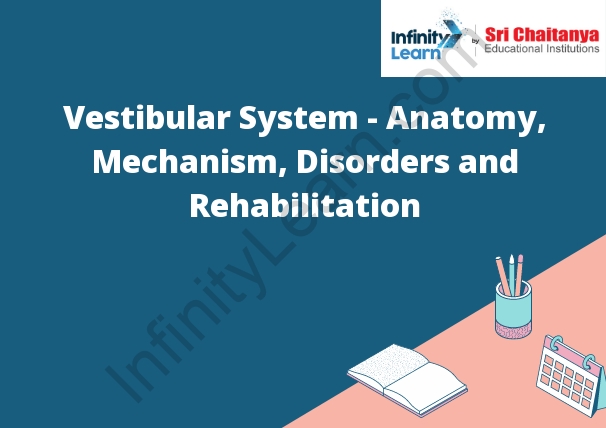Table of Contents
Vestibular System
The vestibular system is a system in the body that helps control balance and movement. It includes the inner ear, which contains the vestibular organs, and the brain, which interprets the signals from the vestibular organs.
The vestibular system is responsible for detecting movement and changes in position, such as when you move your head. It sends messages to the brain that help you keep your balance and know where your body is in space.
The vestibular system can be affected by many things, including age, illness, injury, and medication. When it is not working properly, it can cause problems with balance and movement.

Vestibular System Anatomy
The vestibular system is a collection of fluid-filled tubes and sacs in the inner ear that help control balance and eye movements. The vestibular system consists of the vestibular apparatus and the vestibular nerve.
The vestibular apparatus is made up of the three semicircular canals and the vestibule. The semicircular canals are three tubes that are angled in different directions. They help control balance by detecting the movement of fluid in the canals as the head moves. The vestibule is a large, fluid-filled sac that sits at the back of the inner ear. It helps control eye movements by detecting the movement of fluid in the sac as the head moves.
The vestibular nerve is a nerve that carries signals from the vestibular apparatus to the brain.
Nerve, Ganglion, and Nuclei
A nerve is a bundle of fibers that carries messages between the brain and other parts of the body. Nerves are bundled together inside the spinal cord and brain. Each nerve is surrounded by a layer of connective tissue called the epineurium.
A ganglion is a mass of nerve cells located outside of the brain and spinal cord. Ganglia are found in the neck, chest, and abdomen.
A nucleus is a mass of nerve cells found inside the brain and spinal cord. Nuclei are responsible for processing information from the senses and controlling the body’s movements.
Mechanism of the Balance System
The balance system is a sensory system that helps us maintain our balance. It consists of three parts: the vestibular system, the visual system, and the proprioceptive system.
The vestibular system is made up of the vestibular organs in the inner ear. These organs sense the position and movement of the head.
The visual system is made up of the eyes. It helps us balance by providing information about the position of our body in relation to our surroundings.
The proprioceptive system is made up of the muscles, joints, and tendons. It helps us balance by sending information about the position and movement of our body to the brain.
The balance system works together to keep us balanced. When we move, the vestibular system, visual system, and proprioceptive system all send information to the brain. The brain then calculates how these signals compare and creates an overall picture of our current balance. If the brain detects that we are about to fall, it will send messages to the muscles to help us stay upright.
Vestibular Disorders;
The vestibular system is responsible for balance and movement. Disorders of the vestibular system can cause problems with balance, movement, and dizziness. There are a number of different vestibular disorders, each with its own set of symptoms.
The most common vestibular disorder is Benign Paroxysmal Positional Vertigo (BPPV). BPPV is caused by a problem in the inner ear. It is characterized by brief episodes of vertigo that occur when the person moves their head in a certain way. Other common vestibular disorders include Ménière’s disease, vestibular neuronitis, and labyrinthitis.
People with vestibular disorders often experience problems with balance and movement. They may feel dizzy, unsteady, or lightheaded. They may also have problems with eye movement and coordination. In some cases, people with vestibular disorders may be unable to walk or stand without assistance.
Vestibular Rehabilitation
The vestibular system is responsible for our sense of balance and equilibrium. When this system is damaged, it can be difficult to maintain our balance and move around normally. Vestibular rehabilitation is a type of physical therapy that can help to improve balance and movement in people with vestibular damage.
During vestibular rehabilitation, therapists will help patients to improve their balance and movement by providing exercises that challenge the vestibular system. These exercises may include walking on a balance beam, standing on one leg, or rotating the body in different directions. Therapists will also help patients to learn how to move around safely and confidently in their everyday lives.
Vestibular rehabilitation can be an effective way to improve balance and movement in people with vestibular damage. It can help patients to feel more confident and safe when moving around, and can help to improve their quality of life.








